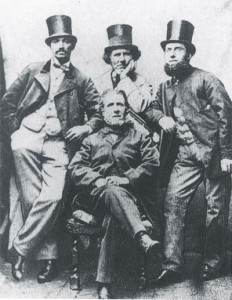TYNE PILOTS 1865 – 2008
Compiled by Ken Lubi
We are extremely grateful to Ken Lubi for permission to reproduce the following work he has produced following his many hours of study and research into this unique and magnificent service.

Whilst employed by the Tyne Pilotage Authority, as coxswain on the pilot cutters from 1968 to 1988, I became interested in their history and decided to delve into their past.
The individual photographs of the pilots taken by myself, and also the bulk of my information, was amassed during research carried out in the early 1980’s
Additional material was added at later dates
I would like to express my thanks to the various pilots who supplied photographs, licences and other paraphernalia; also the South Shields Local History Library who allowed me access to their records and old newspapers which have enabled me to compile what I have simply called ‘Tyne Pilots’
© Ken Lubi (Please note: No part of this may be used for any commercial purposes without express permission of the author)





